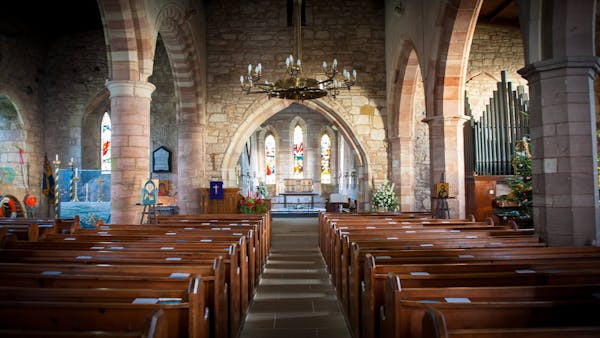THE DIET OF SPIRES
The peasant revolts and the subsequent magisterial reformation divided the entire empire along a religious fault line. From that point forward there were the Protestant states, led by Protestant princes and the Catholic states led by Catholic ones. The citizens in each state followed suit. The Diet of Spire ratified this situation in 1526 by issuing an edict granting each member state of the empire religious freedom. In addition to this, the Edict of Spires put a hold on the Edict of Worms issued in 1521, demanding the apprehension of Luther. This was a huge leap forward for the Reformation because up to that point the Holy Roman Empire had been decidedly Catholic and its Emperor had been seen as the defender of Catholicism in Europe.
In 1529, Charles the V called for a second Diet to be convened at Spires with the singular purpose of repealing the Edict issued in 1526. Though the matter appeared to be simply the stakes were extremely high. The religious freedom of the entire Empire and the absolute sovereignty of Rome rested on the decision made by the assembly. Charles himself did not preside over the Diet but sent his brother, Ferdinand of Spain, to do the honors. The diet was formally opened and the business at hand, delineated by Charles in a curt message, read aloud. Then the tug of war between Catholicism and the Reformation began in earnest. The Papal delegates pushed the case for repeal while the Princes who backed the Reformation rejected the notion, arguing the Edict of Spires had been unanimously voted in by the delegates of the previous diet. To repeal it now would make no sense at all.
The Papal delegates, seeing they were not gaining any ground, tabled a third option. They proposed that the Edict of Spires be neither enforced nor repealed till a General Council could meet to debate the matter further. They rushed to add that whatever law was currently enforced in each individual state was to continue to be binding until the matter was resolved. An additional caveat to this arrangement was a request to reestablish the Papal hierarchy in states enjoying religious freedom and to not allow anyone to convert to Lutheran teaching until the General Council had met and outlined the steps forward.
Since the empire was already divided into Protestant and Catholic strongholds adopting the third option would slow down the reformation in Catholic strongholds and would weaken the influence of the Reformation in Protestant strongholds.
This gave Rome the opportunity to retain at least some of its power and created a launching pad from which they could bring down the strongholds of the reformation from within. The Catholic delegates rushed the proposition to the floor and pushed it through the Diet with a majority of votes. They then moved to close the proceedings of the Diet with the new Edict in place, commanding the Lutheran Princes to submit to the wishes of the majority.
The Princes of the Reformation banded together to deliberate their response and decided that they would not bow down to the wishes of the majority. John, the Elector of Saxony, spoke on their behalf before the diet, voicing their protest and clearly delineating the reasoning behind it. On the 25th of April, they gathered together to draft a protest against the decision of the Diet and collectively declared “in matters of conscience the majority has no power”. In the wake of that Protest, the whole of Christendom was divided into two distinct camps.

